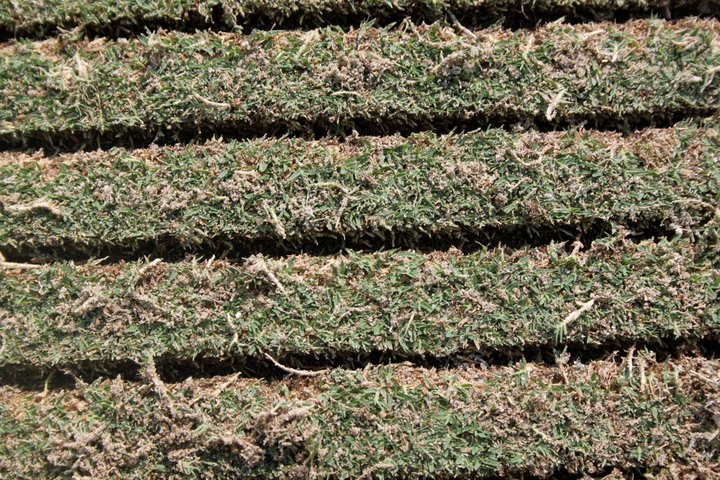Greens Committee Meeting Minutes
February 15, 2024
Attending : Josh Laughridge, Marsha Mock, Dennis
O’Conner, Bill Skelton, Michael Johnstone
Meeting Length : 58 Minutes
The Greens Committee’s monthly meeting opened with a
quick review of the committee’s meeting dates for the remainder of the year to
ensure there were no conflicts with other KCC events that might make attendance
difficult for members. It was determined
that the dates at this time are suitable, and we will move adhere to the
proposed schedule distributed to the committee earlier.
Discussion then turned to the committee’s proposal to
provide each meeting’s minutes to the general membership. Josh advised all KCC committees’ minutes will
soon be posted to one location in the member’s section on the Kenmure.com
website. Once the link is active Greens Committee
minutes will be posted for all members to access and review. It was the consensus of the members minutes
will not be sent out in a separate email.
Suggestion was made to explore having a Course Maintenance update in The
View at least once a quarter.
Josh reminded the members he has begun posting our minutes
on his blog where he has also covered numerous topics on course maintenance. Archived issues back to 2010 are posted
including discussions on various aspects of golf course maintenance, pictorials
of step-by-step repairs completed, as well as a quick link to the Kenmure
Weather Station giving current, detailed weather conditions specific to
Kenmure. The blog address is kenmuregolf.blogspot.com.
The committee was given a detailed overview of current
maintenance activities and those planned for the near future including:
-- Replacing many damaged
spots of turfgrass in the fairways and areas include 10 fairway, 12 fairway, 7
fairway, 18 fairway, 12 tee, 7 green surrounds, behind 17 green, behind 11
green. The sod used in these repairs has
been taken from the nursery tee below the lower putting green and the rough
near the right side of 15 blue tee. The
areas that have been stripped and left bare will be filled in with aerification
cores that will be removed from greens during the aerification process in
April. While not every bad or weak spot
has been addressed and because the grass is still dormant and not actively
growing, it is anticipated that as soil and air temperatures begin to rise in
the coming weeks natural healing will be
taking place in many of these spots. A
temperature of 42 degrees was measured in 10 fairway at a 2 inch depth. The target temperature to begin chemical
application for crabgrass preemergent is 56 degrees.
-- Completing a fresh edge
on all sand traps. The sand has been
pulled up onto the bunker edges in many places where there is no longer any lip
at all. A fresh edge will be cut, and
the bunker lip will be reestablished.
Any uneven spots of sand on the bunker slopes will also be smoothed out
during this process. This is a task that
takes place every year around this time.
-- During the month of
March, mulch and pine straw will be applied to many landscaped beds around the
course and grounds. Particular attention
will be given to pruning back many of the ornamental bushes in these
areas. Leaves and winter debris will be
cleaned out and any trees that need pruning will be addressed at this
time. The goal is to have all these
landscaped areas cleaned and mulched by the end of the month. The maintenance staff is also tasked with
creating an appealing floral arrangement for the front entrance of the Club to
be in place for Easter. Summer annuals
will be planted in May after frost dangers have subsided.
-- The new assistant
superintendent has been working with Josh now for 2 weeks and has already
proven to be a great addition to the team.
He brings a strong knowledge of the trade as well as experience from
multiple Country Clubs. Josh has not had
an assistant with a strong turf background and experience working at other golf
clubs since 2015. The crew will benefit
from his new points of view and a set of fresh eyes on the property. It was agreed the assistant should attend one
of the upcoming committee meetings, depending on his schedule.
-- The native grass areas on
the golf course are all being mowed down this week. This is a healthy practice that helps promote
thickening of these areas. This also
allows the application of fertilizer and weed control to these areas. They will grow and return to their normal
height around May.
-- Recruitment of new staff
will begin this month with the goal of onboarding 3-4 new crew members in early
March. The maintenance staff will also
begin to look for people interested in part time weekend work, and individuals
interested in seasonal summer work as well.
-- The course will be closed
April 15 -19 for comprehensive aerification of the Greens, Tees and Fairways. Closing
for the entire week will give us the opportunity to complete all these areas
with no interruption as well as allow time to apply any extra material or
treatment of some areas where needed. It
is anticipated members will most likely use this week for golf excursions or
vacations away from Kenmure.
A question was raised about refurbishing sand traps and
Josh advised that has not been budgeted for this year. Discussion was also held on having one of
our upcoming meetings at the Maintenance facility to give members an insider’s
view of the operations, equipment, etc.
Josh agreed and committed to setting that up as soon as the schedule
will permit.












